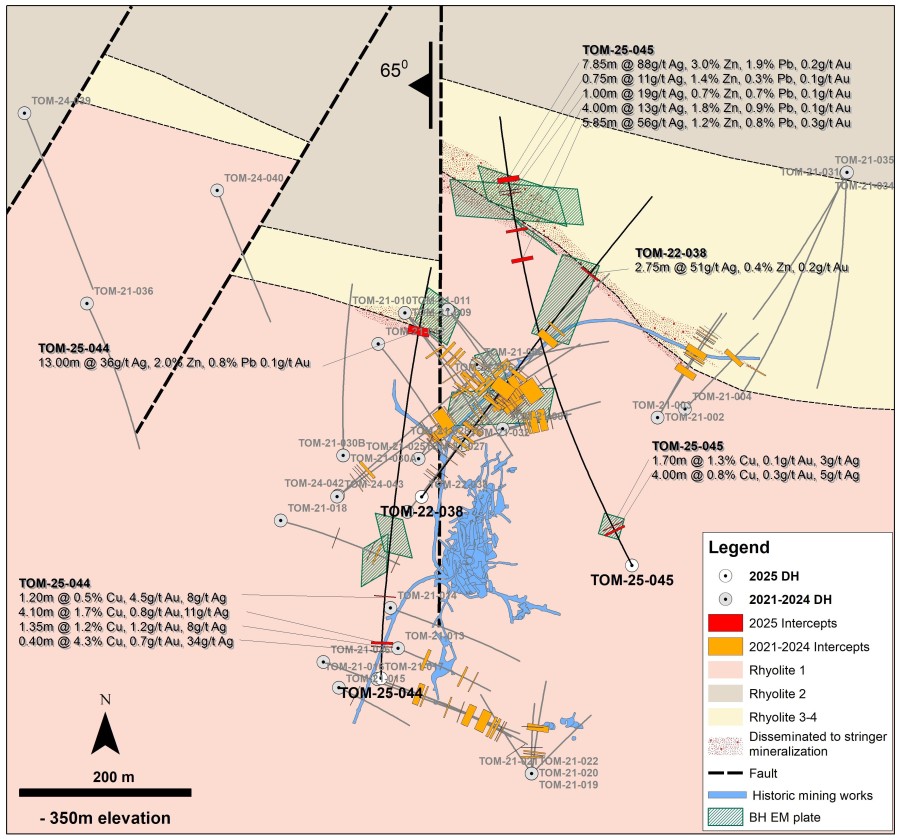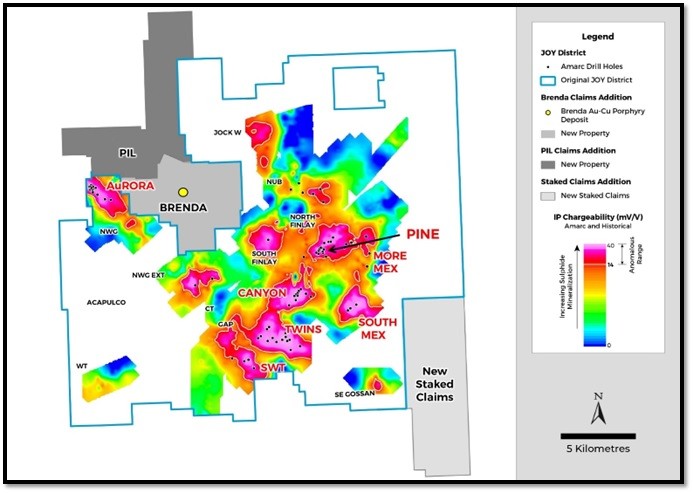TORONTO, ONTARIO--(Marketwired - Sept. 26, 2017) - Pine Point Mining Limited (TSX VENTURE:ZINC) (the "Company") is pleased to announce it has received positive results from initial independent metallurgical testing of sample material from one of the deposits at the Pine Point project in the Northwest Territories. This test work was done on a composite sample from four drill holes from the L36 deposit. This deposit is historical and was not included in the recent PEA, and the sample was obtained as part of a confirmation drilling program intended to bring several historical deposits into the long-term mine plan (see Company Press Release dated July 31, 2017). The test was important because modern testing by a previous operator focused on high grade material, while the Company's recent test was done on a composite sample grading 3.7% zinc and 0.41% lead, which is similar to the overall grade in the Preliminary Economic Assessment (PEA) of the project released earlier this year
It was the first test of this grade using the dense media separation (DMS) technique followed by conventional flotation on the concentrated feed. The sample was crushed to 1/4-inch. The DMS process rejected 53 percent of the feed mass while recovering 95 and 91 percent of the lead and zinc, respectively, into flotation feed stream. The flotation process recovered 85 percent of the lead into a concentrate grading 76.7 percent lead from the flotation feed. Zinc in the flotation feed was 93 percent recovered into a concentrate grading 59.5 percent zinc. Flotation testing consisted of 3 tests with no optimization, there is considerable potential to increase metal recoveries at lower concentrate grades.
Detailed feasibility-level DMS and flotation recovery testing was performed by a previous operator on higher grade samples, and that work was used as the basis for the PEA.
Importantly, the testing revealed an ore that is relatively soft and coarse-grained, and the above zinc concentrate grade was obtained without regrinding which was assumed in the PEA. Not having to regrind would lower both capital and operating costs. The next step in the metallurgical testing will be to increase recoveries to concentrate. This will entail investigating DMS responses at different feed sizes and media specific gravities. This will allow appropriate crusher and screen selection. Flotation optimization will consider the impact of flotation feed grind, regrind and different reagent combinations with the aim to improve overall recoveries.
About Dense Media Separation
Dense Media Separation is a relatively simple and inexpensive method of pre-concentrating mineralization before it enters the flotation process. It has been used extensively worldwide on many types of minerals, including Mississippi Valley Type lead-zinc mineralization similar to those at Pine Point. After crushing, the material is run through cyclones using a ferro-silicon media that will allow un-mineralized rock to "float" and be collected as waste while mineralized material will "sink" and be collected as concentrator feed. Since the numerous deposits intended to be mined at Pine Point are spread out over several kilometres, the Company is considering in it's ongoing assessment of the feasibility of the project, to locate portable DMS plants in close proximity to each of the open pits. The benefits are significant as this process will reduce the amount of material hauled from the pit to the concentrator by approximately 50%-70%, will elevate the head grades to the concentrator by 200% to 300%, will greatly reduce the capital required to construct the concentrator, will reduce the operating cost per pound of zinc produced and will reduce tailings produced by 50%-66
About Pine Point Mining Limited
Pine Point Mining acquired a 100% interest in the Pine Point lead-zinc project in December, 2016. Since that time a positive Preliminary Economic Assessment (PEA) on the project showing a robust mining operation which, over a 13-year mine life, would have an after-tax net present value of $C210.5 million and internal rate of return of 34.5%, with a payback of 1.8 years. The study assumed a zinc price of US$1.10 per pound and a lead price of US$1.00 per pound, and used an exchange rate $C:$US of 0.75. The PEA was prepared by JDS Energy and Mining and is based on a mineral resource estimate for the Pine Point project published as a National Instrument 43-101 technical report with an effective date of April 18, 2017.





